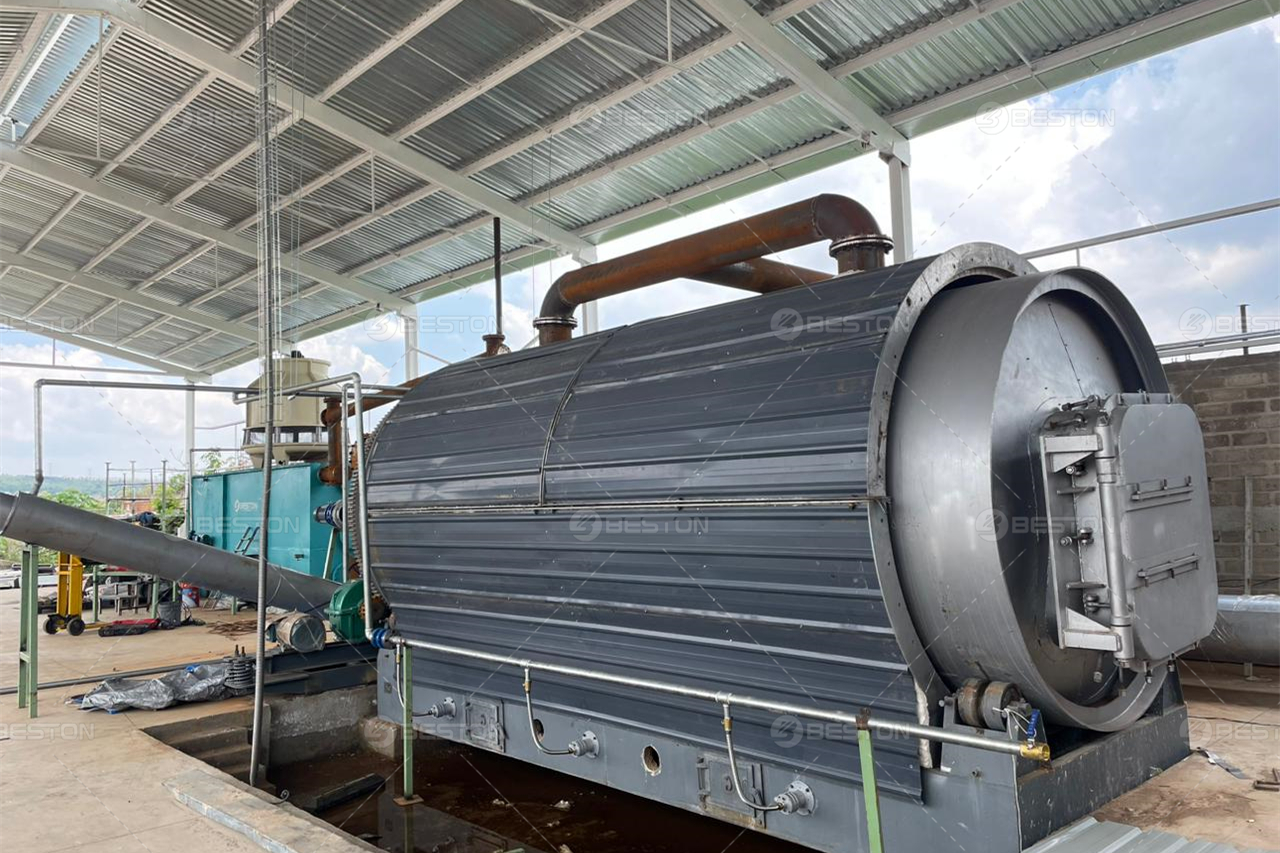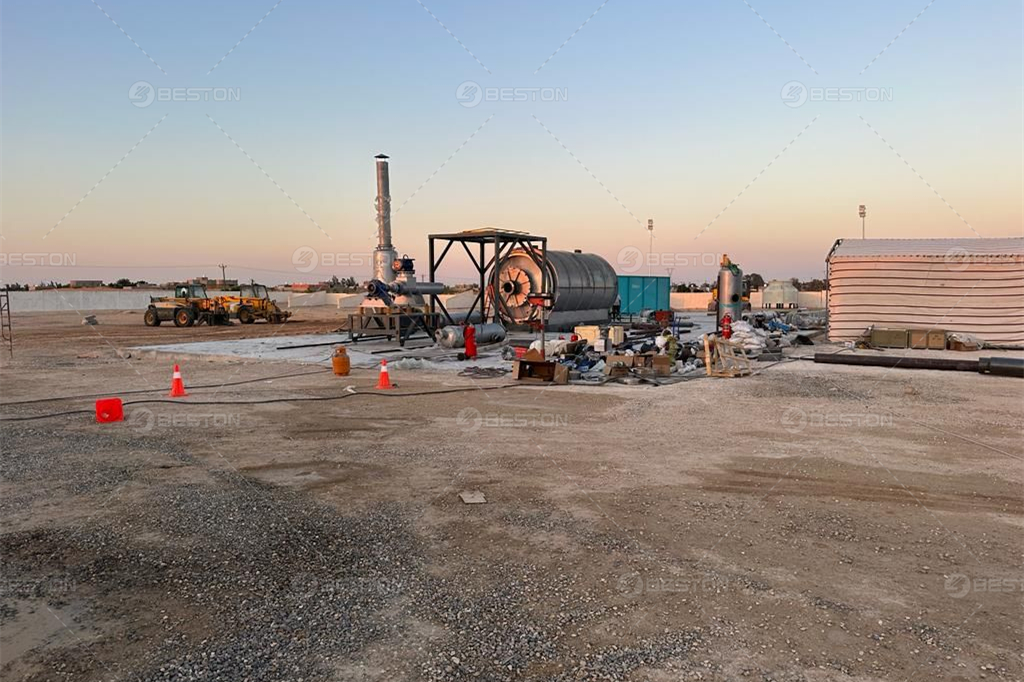In a world grappling with the dual challenges of waste management and sustainable energy generation, tyre pyrolysis plants have emerged as a groundbreaking technology at the intersection of environmental responsibility and resource efficiency. This comprehensive guide unravels the intricate web of waste tire pyrolysis plant, delving into their processes, environmental benefits, economic viability, applications, and the role they play in advancing a greener and more sustainable future.

The Tyre Troubles
The mounting problem of discarded tires presents an environmental crisis globally. This chapter highlights the gravity of the situation, shedding light on the ecological and health hazards posed by improper tyre disposal.
Tyre Pyrolysis Unveiled
At the heart of the solution lies tyre pyrolysis, a process that utilizes heat in the absence of oxygen to break down tires into valuable by-products. This chapter offers a comprehensive exploration of the scientific principles underpinning tyre pyrolysis, explaining how it transforms rubber waste into valuable resources. The fully continuous tyre pyrolysis plant can process large-scale raw materials.
Tyre Pyrolysis Products
The primary outputs of tyre pyrolysis are pyrolysis oil, carbon black, and steel wire. This chapter provides insights into the composition and applications of these products, emphasizing their potential to replace conventional raw materials in various industries.

Environmental Advantages
Tyre pyrolysis plants are a beacon of hope in the quest for sustainable waste management. This chapter delves into the multifaceted environmental advantages of the technology, including waste reduction, emissions reduction, and the mitigation of tire stockpile hazards.
Economic Viability
Beyond environmental benefits, tyre pyrolysis plants offer a compelling economic case. This chapter examines the economic viability of tyre pyrolysis, considering factors like operational costs, revenue streams, and return on investment.
Industrial and Commercial Applications
The versatility of pyrolysis products opens doors to a multitude of applications across industries. This chapter showcases how pyrolysis oil, carbon black, and steel wire find utility in sectors such as energy production, manufacturing, construction, and agriculture. If processing plastic by waste plastic pyrolysis machine, the final products are pyrolysis oil and carbon black.
Challenges and Solutions
While tyre pyrolysis plants hold immense promise, they are not without challenges. This chapter addresses technical, regulatory, and market-related hurdles and explores potential solutions to facilitate the wider adoption of this technology.
A Sustainable Future
The integration of tyre pyrolysis plants into waste management and energy generation is a cornerstone of sustainable development. This chapter discusses how these plants contribute to global sustainability goals and foster a circular economy.
Innovations and Future Trends
As technology advances, so do the possibilities of tyre pyrolysis. This chapter explores ongoing innovations in the field, from process improvements to product diversification, and speculates on the future trajectory of this technology.
Pioneering Change
In conclusion, tyre pyrolysis plants represent a transformative force in the domains of waste management, resource recovery, and sustainable energy generation. They embody the spirit of environmental responsibility and economic opportunity, where discarded tires become valuable resources, and the pursuit of sustainability guides us toward a brighter, cleaner, and more prosperous future. Look forward to a reliable manufacturer: https://www.bestongroup.com/tr/.